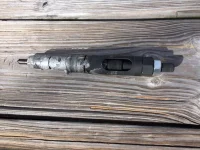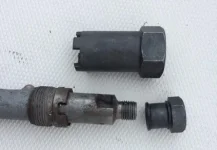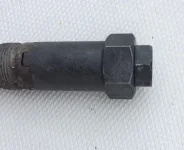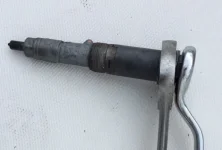Avenger
Legendary Member
- Joined
- Jun 23, 2005
- Messages
- 5,160
- Location
- LI - NY
- Status
- OWNER - I own a Hatteras Yacht
- Hatteras Model
- 36' CONVERTIBLE-Series I (1969 -1977)
Sounds right.
Good luck with all that. Most of the injectors we see from MANs are badly corroded. More often than not the nozzle retaining nuts have to be replaced because they split.
Good luck with all that. Most of the injectors we see from MANs are badly corroded. More often than not the nozzle retaining nuts have to be replaced because they split.





